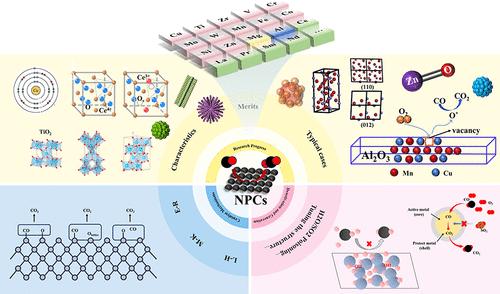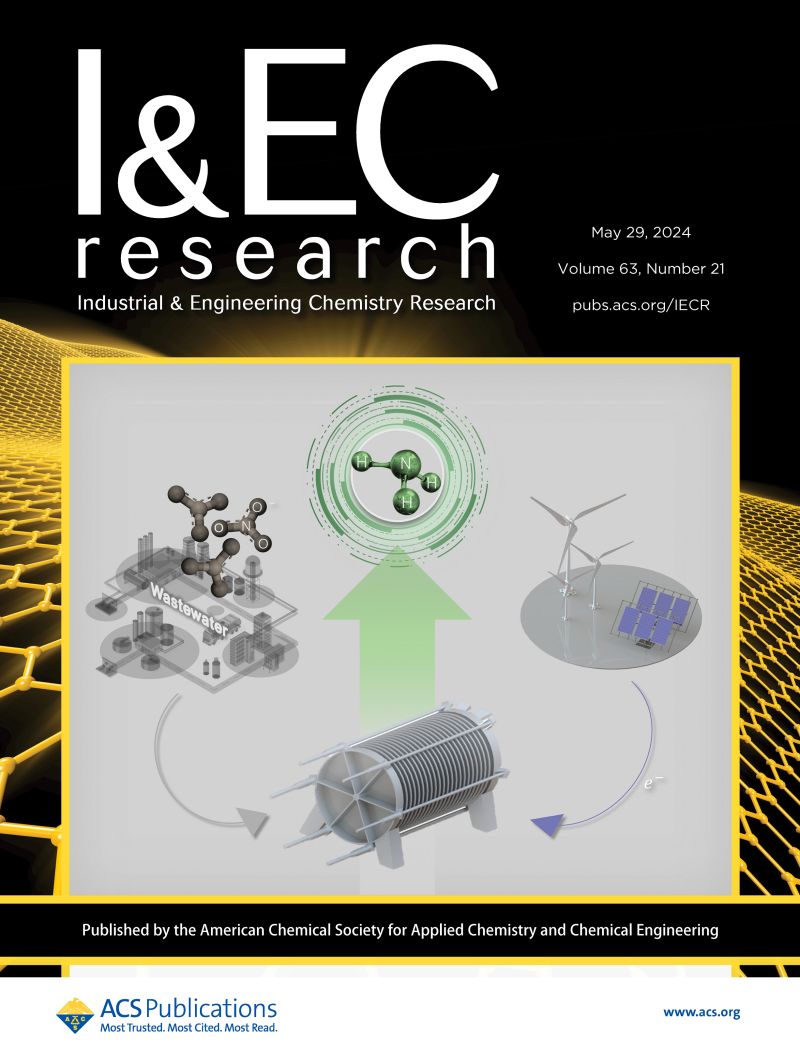Recent Progress in CO Oxidation over Non-precious-metal Catalysts
IF 3.8
3区 工程技术
Q2 ENGINEERING, CHEMICAL
引用次数: 0
Abstract
A robust catalyst for carbon monoxide (CO) oxidation at lower temperature is critical to protecting the environment, improving human quality of life, and saving fuels. Compared with scarce and expensive noble-metal species (such as Au, Pt, Pd, etc.), recent years have seen tremendous efforts to develop non-precious-metal catalysts (NPCs, such as Cu, Mn, Ce, etc.) for wide application in industrial or civil CO oxidations, resulting in a proliferation of newly emerged NPCs and deep understandings of the active sites and catalytic mechanisms. Here, the NPCs with a focus on the synergy effects of multiple elements on the activity of CO oxidation are simply summarized. First, the fundamental mechanisms of CO catalytic oxidation of CO over NPCs are briefly introduced. Next, with nearly 20 elements as classification indexes, the catalytic characteristics, merits, and typical cases of NPCs in the CO catalytic oxidation process are classified and summarized. Meanwhile, in the typical cases, some strategies that are independent of the elements and can significantly improve the catalytic efficiency are also listed, such as nanosized structures, enlarged-surface areas, polycation enhancement, etc. Finaly, the deactivation of NPCs including H2O and SO2 poisoning, carbon deposition (coking), and thermal degradation (sintering), as well as the ways to control deactivation and regeneration, are summarized. This Review exhibits a scientific basis for the potential design of NPCs for CO oxidation.

非贵金属催化剂上CO氧化研究进展
一种坚固的低温一氧化碳氧化催化剂对保护环境、提高人类生活质量和节约燃料至关重要。与稀有昂贵的贵金属(如Au、Pt、Pd等)相比,近年来人们在开发非贵金属催化剂(如Cu、Mn、Ce等)以广泛应用于工业或民用CO氧化方面付出了巨大的努力,新出现的非贵金属催化剂大量涌现,对其活性位点和催化机理也有了深入的了解。在这里,我们简单地总结了关注多种元素对CO氧化活性的协同效应的npc。首先,简要介绍了CO在npc上催化氧化CO的基本机理。其次,以近20个元素为分类指标,对NPCs在CO催化氧化过程中的催化特性、优点及典型案例进行分类总结。同时,在典型案例中,也列出了一些不依赖于元素而能显著提高催化效率的策略,如纳米结构、扩大表面积、增强多阳离子等。最后总结了NPCs的失活方式,包括H2O和SO2中毒、积碳(焦化)和热降解(烧结),以及控制失活和再生的方法。本综述为CO氧化npc的潜在设计提供了科学依据。
本文章由计算机程序翻译,如有差异,请以英文原文为准。
求助全文
约1分钟内获得全文
求助全文
来源期刊

Industrial & Engineering Chemistry Research
工程技术-工程:化工
CiteScore
7.40
自引率
7.10%
发文量
1467
审稿时长
2.8 months
期刊介绍:
ndustrial & Engineering Chemistry, with variations in title and format, has been published since 1909 by the American Chemical Society. Industrial & Engineering Chemistry Research is a weekly publication that reports industrial and academic research in the broad fields of applied chemistry and chemical engineering with special focus on fundamentals, processes, and products.
 求助内容:
求助内容: 应助结果提醒方式:
应助结果提醒方式:


